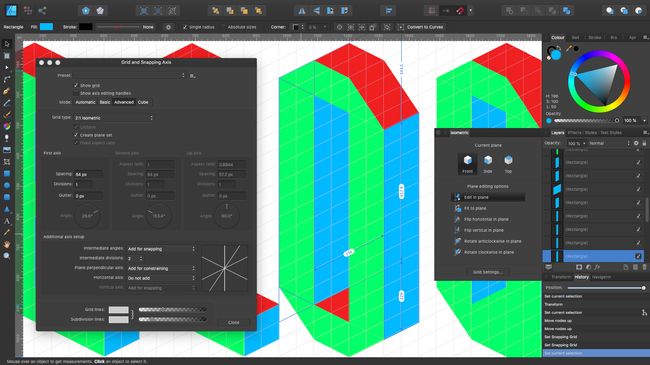

Image editing programs are large and complex, and it can be intimidating to start the learning process when there’s so much to cover. That being said, Affinity Photo’s emphasis on being user-friendly still pays off throughout the interface, and a handy introductory guide after the loading screen gives users a bit of instruction the first time they run the app (and in the future, if you want). Within each Persona, you can still move and adjust most sections of the interface, but not with the same flexibility that GIMP offers. The Persona tabs are located in the upper left corner of the Affinity Photo interfaceĪffinity Photo splits its interface into several different modules called Personas, which limits some of the customization options of the interface. It doesn’t allow editing multiple layers at once, and it doesn’t support any kind of non-destructive adjustments beyond basic layer masking. While both GIMP and Affinity Photo offer multi-layer editing for advanced compositing, GIMP’s layer support leaves a lot to be desired. Both GIMP and Affinity Photo have an excellent core of editing tools that are responsive and simple to use. I personally prefer the way that Affinity Photo handles them in terms of settings and general layout, but GIMP’s tools are just as capable and customizable – though a bit less user-friendly. Cloning and healing, Curves adjustments, and sharpening are a few examples of the kind of essential, everyday tools that fit in this category.Īs a result of this even balance, there isn’t actually all that much to say about the basic editing tools. Basic Editing Toolsįortunately, this comparison is easy because both programs handle basic editing very well. A Closer Look at Affinity Photo and GIMPįor this comparison, I’m going to take a look at the following seven areas of each program and decide which of the two is most effective:

That’s the short version of the comparison, but you can read on for a more in-depth look at how GIMP and Affinity Photo stack up in terms of editing capabilities, workflow, and user experience. It also works well with Serif’s other graphics programs, which are apparently known as the ‘Affinity trinity’: Affinity Designer for creating and editing vector graphics, and Affinity Publisher for page layout and document creation. It features all the fancy tools you’ll want for professional image editings like dynamic adjustment layers, built-in RAW photo support, PSD format support, and full-color management support, along with some fun features like panorama stitching, focus stacking, and HDR image merging.Īffinity Photo isn’t free, but the low purchase price of $84.99 one-time purchase (or $23.99 on iPad) provides excellent value compared to a monthly subscription.


 0 kommentar(er)
0 kommentar(er)
